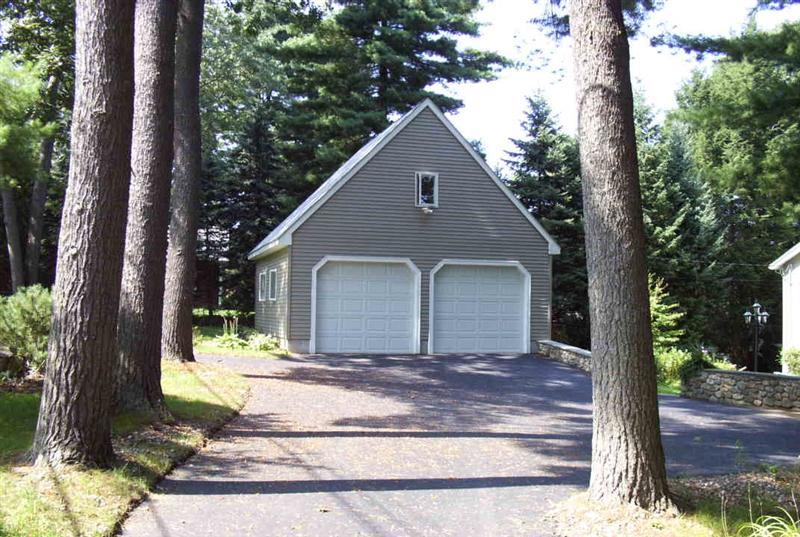If you look at a few garage plans you will likely see there is space within the roof structure, identified as ‘attic’. Attic space is the void between the typical horizontal ceiling joists and below the sloped rafters. Its size and height can vary from small to room size suited for walking around within. Attics do not typically have permanent stairway access. Rather, they are accessed with pull-down folding ladders designed for just that purpose. Some larger attics would qualify as a habitable, second story space (also called a ‘loft’) if there were a permanent, code compliant stairway available. However, stairways do occupy significant space, using many square feet of both floors.
Attics are often defined by local building authorities in relation to ‘habitable’ space by size or height alone. The intent is to restrict the definition of attic space to prevent using such ‘attics’ as small rental units not legal in the use occupancy of zoning. It is advisable to check local requirements and restrictions if you are planning to build a garage.
A minimum 30″ x 20″ simple opening in the ceiling as access to the attic above is compliant with the building code if there is no less than 30 inches of vertical clearance above the opening. In many homes, there is just a removable panel for access. A ladder is used to climb up to and through the opening. A more user-friendly and practical attic entrance is the ladder, pulled down and unfolded for temporary access. Such ladder assemblies are available in many sizes and levels of quality. Some of them draw complaints due to their rickety condition. Older units can be replaced with better units retrofitted as required. A great attribute of these folding ladders is they take up no floor space when in the closed position. Attic garage plans usually doesn’t specify the folding ladder access – just a minimal opening size and its location.
